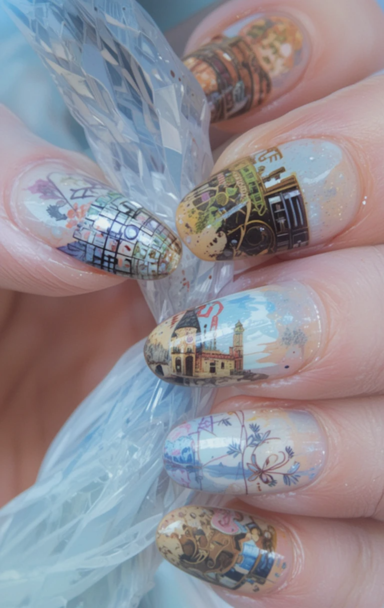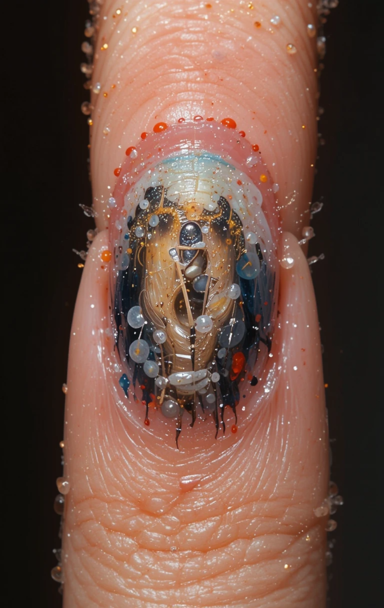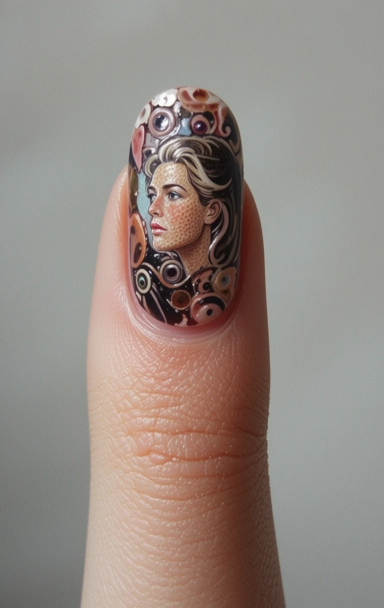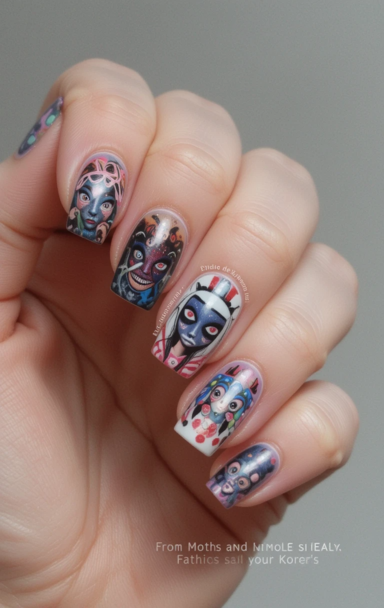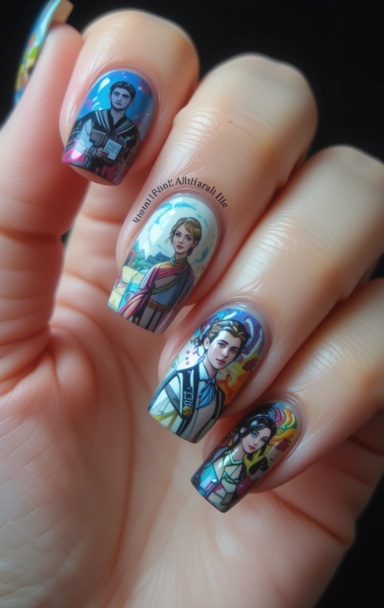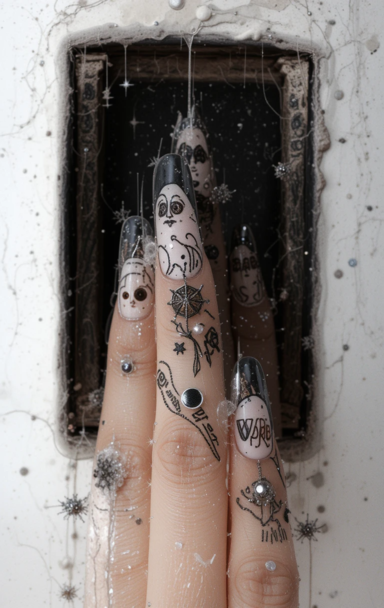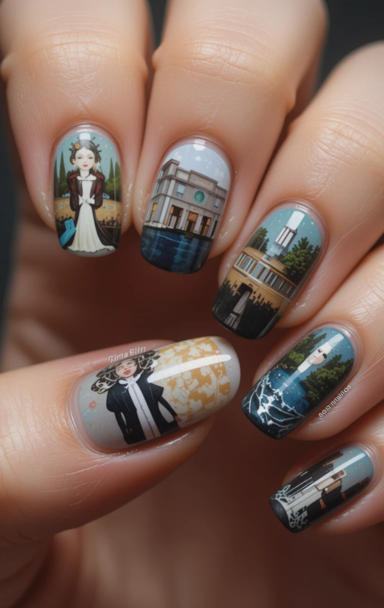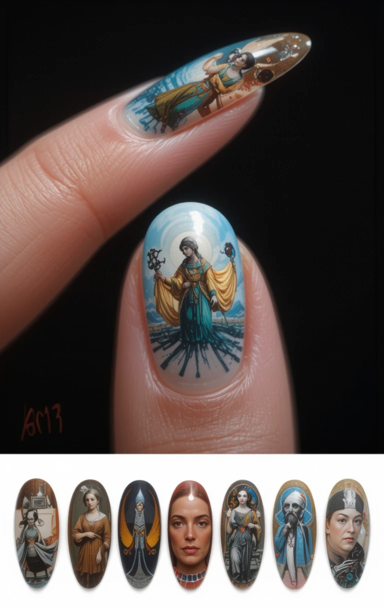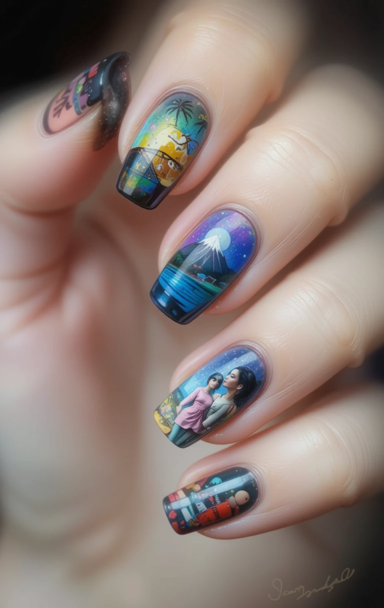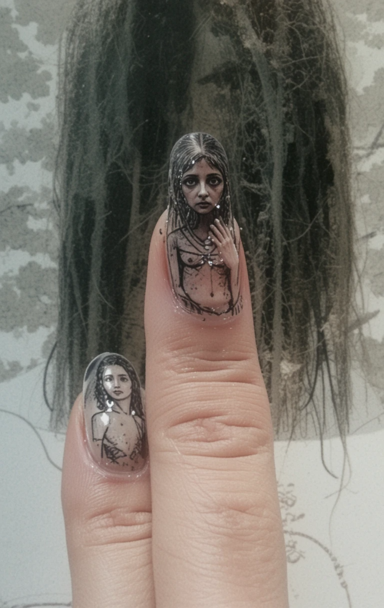From Gallery to Fingertip: Art Movements Reimagined on Nails
Introduction
Art has always been a dynamic form of human expression, constantly evolving and finding new canvases. From the grand frescoes of the Renaissance to the thought-provoking installations of contemporary artists, the desire to innovate and express creativity knows no bounds. One of the latest and most unique manifestations of this artistic evolution is the translation of famous art movements onto an unexpected yet intricate canvas—nail art.
Nail art has transformed from a mere cosmetic trend into a medium for self-expression and storytelling. Artists and nail technicians are now drawing inspiration from historical and contemporary art movements, reimagining them on a micro-scale. This article explores how major art movements—from Impressionism to Surrealism—have found a new home on fingertips, bridging the gap between fine art and everyday fashion.
The Intersection of Art and Beauty
The connection between art and beauty has existed for centuries, influencing everything from fashion to interior design. Nail art, once limited to simple polishes and designs, has grown into a sophisticated form of artistic expression. It serves as a wearable art form, allowing individuals to carry a piece of history, culture, and creativity on their fingertips.
With advances in nail art techniques—such as hand-painting, stamping, 3D embellishments, and digital printing—it has become possible to replicate famous artistic styles with remarkable precision. The miniature nature of nail art presents a challenge akin to that faced by artists creating detailed works on small canvases, making it a true testament to skill and innovation.
Reimagining Art Movements on Nails
Each art movement embodies distinct characteristics that make it visually and thematically unique. By understanding the essence of these movements, nail artists can recreate them in ways that remain true to their origins while offering a fresh perspective. Below, we explore how different art movements have been translated into nail designs.
1. Impressionism: Capturing Light and Movement
Impressionism, characterized by its focus on light, color, and movement, revolutionized the art world in the 19th century. Artists like Claude Monet and Pierre-Auguste Renoir used loose, expressive brushstrokes to capture fleeting moments.
On Nails: Nail designs inspired by Impressionism often feature soft, blended colors reminiscent of Monet’s “Water Lilies” or Van Gogh’s “Sunflowers.” Using sponge techniques and fine brushes, nail artists recreate the dappled light effect, giving a sense of motion and spontaneity.
2. Art Nouveau: Elegance in Nature
Art Nouveau, flourishing in the late 19th and early 20th centuries, is known for its intricate organic forms, flowing lines, and decorative elegance. Gustav Klimt’s “The Kiss” and Alphonse Mucha’s posters are prime examples of this movement.
On Nails: Art Nouveau nail art incorporates delicate floral patterns, gold leaf accents, and swirling lines. Metallic finishes, elongated shapes, and ornamental designs add to the luxurious feel, making nails look like miniature stained-glass windows.
3. Cubism: Breaking Reality into Shapes
Pioneered by Pablo Picasso and Georges Braque, Cubism deconstructed objects into geometric forms, offering multiple perspectives within a single image.
On Nails: Cubist nail designs use bold shapes, angular lines, and a mix of contrasting colors. Abstract, fragmented portraits and block-like patterns create a striking and modern aesthetic, making nails appear as though they belong to a Picasso masterpiece.
4. Surrealism: Dreamlike and Whimsical
Surrealism, led by Salvador Dalí and René Magritte, explores the subconscious mind, often featuring bizarre and dreamlike imagery.
On Nails: Surrealist-inspired nail art incorporates elements like floating eyes, melting clocks, and unusual juxtapositions. The use of negative space, illusions, and unexpected color combinations makes for an eye-catching, otherworldly design.
5. Pop Art: Bold Colors and Playful Imagery
Pop Art, with its roots in the 1950s and 60s, is known for its vibrant colors, comic book aesthetics, and everyday imagery. Artists like Andy Warhol and Roy Lichtenstein embraced consumer culture, producing works that were both playful and provocative.
On Nails: Pop Art nail designs feature bright primary colors, comic book-inspired speech bubbles, and bold outlines. Lichtenstein’s signature halftone dots and Warhol’s iconic Campbell’s Soup cans can be transformed into stunning nail art, making a bold and fun statement.
6. Minimalism: The Art of Simplicity
Minimalism strips art down to its fundamental elements, emphasizing simplicity, geometric shapes, and monochromatic palettes.
On Nails: Minimalist nail art focuses on negative space, clean lines, and subtle color contrasts. Designs often feature single dots, thin stripes, and neutral tones, embodying elegance through restraint.
7. Abstract Expressionism: Emotional and Free-Flowing
Abstract Expressionism, led by Jackson Pollock and Mark Rothko, emphasizes spontaneity and emotional depth through dynamic brushstrokes and bold colors.
On Nails: Abstract Expressionist nails feature splattered paint effects, fluid swirls, and high-contrast colors. Techniques such as water marbling and freehand strokes replicate the chaotic yet intentional energy of this movement.
8. Street Art and Graffiti: Urban Edge
Street art, popularized by artists like Banksy and Jean-Michel Basquiat, combines raw creativity with social commentary, often incorporating stencils, bold tags, and layered imagery.
On Nails: Graffiti-inspired nails use vibrant spray-paint effects, stencil-like designs, and bold lettering. This style brings an urban, rebellious flair to nail art, making each design feel like a personal statement.
The Cultural Significance of Nail Art as Fine Art
The incorporation of major art movements into nail designs is more than just a trend—it signifies the democratization of art. By making historically significant artistic styles accessible to all, nail art allows individuals to engage with and celebrate artistic heritage in a personal way.
Moreover, this fusion of beauty and fine art challenges traditional notions of what constitutes “serious” art. Just as fashion designers collaborate with artists to create wearable masterpieces, nail artists are proving that creativity knows no boundaries. Museums, galleries, and art institutions are even beginning to acknowledge nail art as a legitimate form of artistic expression.
From Impressionist brushstrokes to Surrealist dreamscapes, the journey of art from gallery walls to fingertips represents an exciting evolution in creative expression. Nail art has emerged as a microcosm of the art world, bringing historical and modern movements into daily life in a fresh and personal way.
As technology and artistry continue to evolve, the possibilities for nail art remain limitless. Whether it’s through intricate hand-painted designs or innovative digital techniques, the fusion of art and beauty will continue to inspire and push creative boundaries. After all, in the world of nail art, every fingertip can become a miniature masterpiece.


